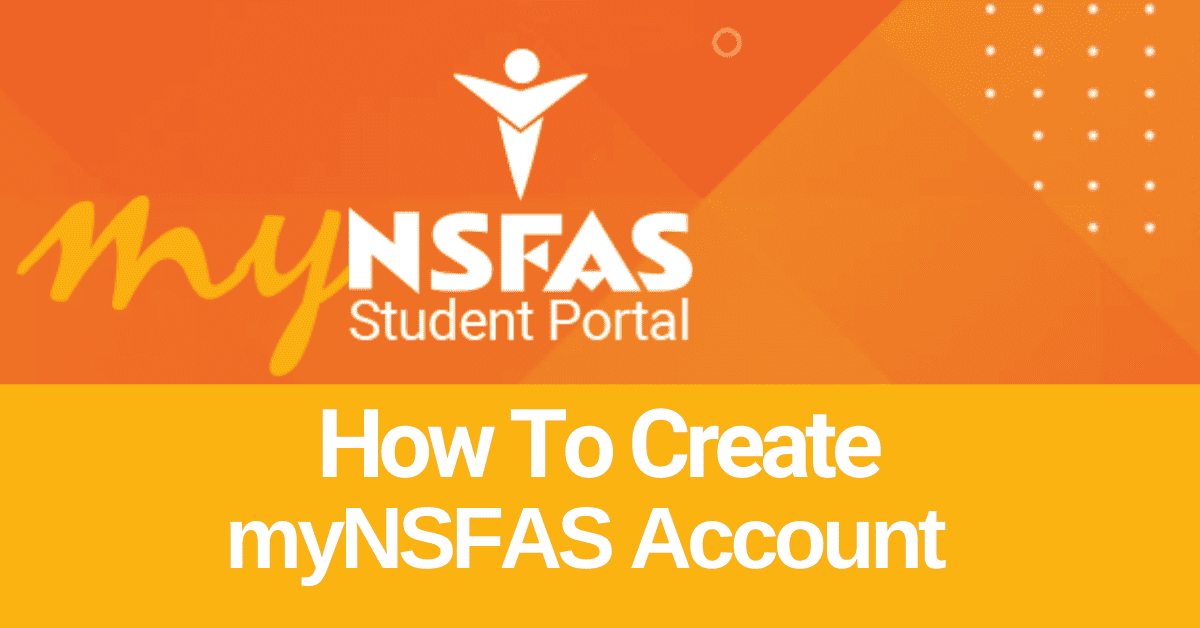Students NSFAS Extends Support to ‘Missing Middle’ Students with New Loan Scheme 2024

Contents
- 1 Financial Aid for Middle-Income Households
- 2 Deadline Extension Highlights
- 3 Broader Accessibility for Financial Assistance
- 4 Collaboration and Decision-Making Process
- 5 Qualification Criteria for the Loan
- 6 A Step Towards Financial Inclusivity
- 7 Student Reaction and Expectations
- 8 Outreach and Awareness Campaigns
- 9 The Societal Impact
- 10 Conclusion: A Promising Future for ‘Missing Middle’ Students
Financial Aid for Middle-Income Households
In a significant move to bridge the financial gap for students falling within the ‘missing middle’ income bracket, the National Student Financial Aid Scheme (NSFAS) has extended the application deadline for its new loan. This proactive step aims to provide support to students from middle-income households who find themselves above the R350,000 annual income threshold but are unable to cover the educational costs independently.
Deadline Extension Highlights
The extended deadline for the application process is now set until the 15th of February, offering eligible students additional time to apply for the new loan scheme. This initiative comes as a response to the growing need for inclusive financial assistance, ensuring that a broader range of students can access the funds they require to pursue their education.
ALSO READ NSFAS 2024 Applications: Countdown to Deadline for Aspiring Students
Broader Accessibility for Financial Assistance
NSFAS introduced the new loan scheme last month, emphasizing the importance of making financial aid accessible to a wider spectrum of students. The loan scheme targets those from households with an annual income ranging between R350,000 to R600,000, acknowledging the unique challenges faced by students in this income bracket.
Collaboration and Decision-Making Process

In a collaborative effort, NSFAS engaged with the higher education department and the South African Union of Students to discuss and finalize the details of the loan scheme. The meeting concluded with a unanimous decision to open the NSFAS loan scheme on the 2nd of February 2024, with the closing date set for the 15th of February 2024.
Ishmael Mnisi, representing the department, provided insights into the decision-making process, stating, “All students who did not meet the bursary scheme eligibility criteria but meet the loan scheme eligibility criteria will be automatically offered a loan for consideration.”
ALSO READ Empowering Domestic Workers: Navigating the 2024 Minimum Wage Increase in South Africa
Qualification Criteria for the Loan

To be eligible for the NSFAS loan, students must meet specific criteria. This includes having an annual household income between R350,000 to R600,000, and the scheme is applicable to both public and university students. Whether pursuing undergraduate or postgraduate studies, students falling within the specified income range can now explore this financial support avenue.
A Step Towards Financial Inclusivity
The decision to introduce this loan scheme demonstrates a commitment to addressing the financial challenges faced by students in the ‘missing middle.’ By acknowledging the unique circumstances of households with incomes beyond the traditional financial aid threshold, NSFAS aims to foster inclusivity and provide a lifeline for those who would otherwise struggle to finance their education.
Student Reaction and Expectations
As the loan scheme comes into effect, students across South Africa are expressing their views on this initiative. Many see it as a positive step towards breaking down financial barriers that may have hindered their educational pursuits. The expectation is that this extended financial support will alleviate the burden on students and their families, allowing them to focus on academic excellence without the constant worry of financial constraints.
Outreach and Awareness Campaigns
To ensure that students are well-informed about the new loan scheme, NSFAS has embarked on an outreach and awareness campaign. This campaign aims to reach every eligible student, providing them with detailed information about the application process, eligibility criteria, and the overall benefits of the loan scheme. By proactively reaching out to students, NSFAS aims to maximize the impact of this financial assistance initiative.
The Societal Impact
Beyond individual student benefits, the NSFAS loan scheme’s societal impact is noteworthy. It contributes to breaking the cycle of financial exclusion for a significant portion of the student population. As more students from middle-income households access higher education, the potential for socioeconomic advancement and a skilled workforce is enhanced. This, in turn, contributes to the broader goals of national development and economic growth.
Conclusion: A Promising Future for ‘Missing Middle’ Students
In conclusion, the NSFAS new loan scheme signifies a crucial step towards a more inclusive and supportive educational finance system. By extending the application deadline and broadening the eligibility criteria, NSFAS aims to uplift students in the ‘missing middle’ income bracket, ensuring that financial constraints do not hinder their academic journeys.
As the academic year kicks off, the impact of this initiative is expected to be profound, unlocking doors of opportunity for countless students striving to achieve their educational goals. The strides taken by NSFAS exemplify a commitment to creating a level playing field, where all students, regardless of their income background, can pursue higher education without the burden of financial uncertainty. The societal implications underscore the transformative potential of such initiatives, marking a positive shift towards a more equitable education landscape.
ALSO LEARN ABOUT
- 9 Tips for Selling Your Car Through a Broker: Maximizing Value and Efficiency
- Exploring Specialty Car Brokering Services: Luxury, Exotic, and Vintage Cars 2024
- 10 Common Mistakes to Avoid When Using a Car Broker
- The Future of Car Brokering: Trends and Innovations 2024
- How to Evaluate and Select the Right Car Broker for Your Needs 2024




